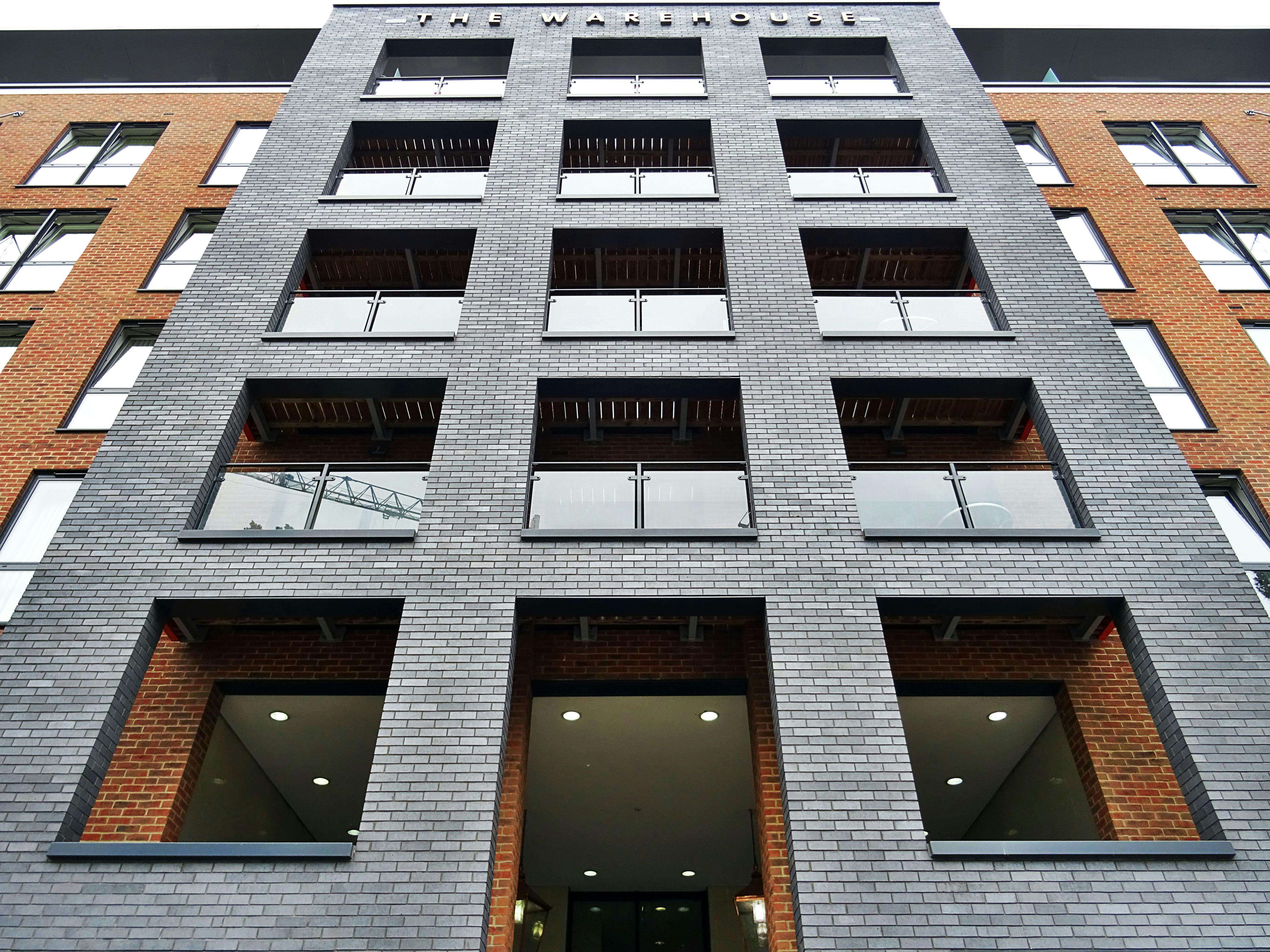
Real Estate Investment Is Real Estate!
admin
- 0
What good is spending more money than you would on any other product in your lifetime, if you haven’t researched and understood the underlying fundamentals of where you’ll be living or investing?
The purpose of this article is to provide some clarity on the subject of property investment in relation to the Australian residential property market.
In Australia there are more than 9 million private dwellings to house a population of almost 23 million according to the latest Australian Bureau of Statistics Census in 2011. This means that there are approximately 2.6 people living per household.
If you were buying a property in this scenario, would it be 1-bedroom or 3-bedroom?
Real estate investment research is a practical and logical field in which a myriad of interconnected factors intervene to create changes in real estate markets.
What would happen next if the population had a median weekly household income of $1,234?
Purchases = $250
Trip = $100
Entertainment = $100
Various = $300
This leaves approximately $450 per week for the property, which is the median monthly mortgage payment as of 2011 in Australia.
How much can this really allow the average Australian to buy?
Being generous and based on loan calculators, the estimates are less than $200,000, which means a hefty deposit and lots of savings. This shows that you need to know and understand the market you are entering, or else you may be building or buying a product that no one can afford or want. This severely reduces future investment prospects as their “exit strategy” is limited.
Understanding means:
- The market economy, such as what do people do to earn income?
- Are they safe and stable industries?
- Is there a lot of wealth in the area?
- Will the population retire and want to move elsewhere?
- How many people live per household?
- Connections with public transport such as trains, buses and airport?
- Local services such as educational, entertainment and leisure facilities?
- Government spending to increase amenities and efficiency?
- Excess properties available on the market for sale or rent?
Without the above examples and many more, how can you be sure that real estate investment will be stable and in demand in the future?
The ultimate goal is to paint a complete picture of the macroeconomics, the microeconomics, and the “intangibles” within the market in order to truly understand the way the fundamentals of the market operate.

